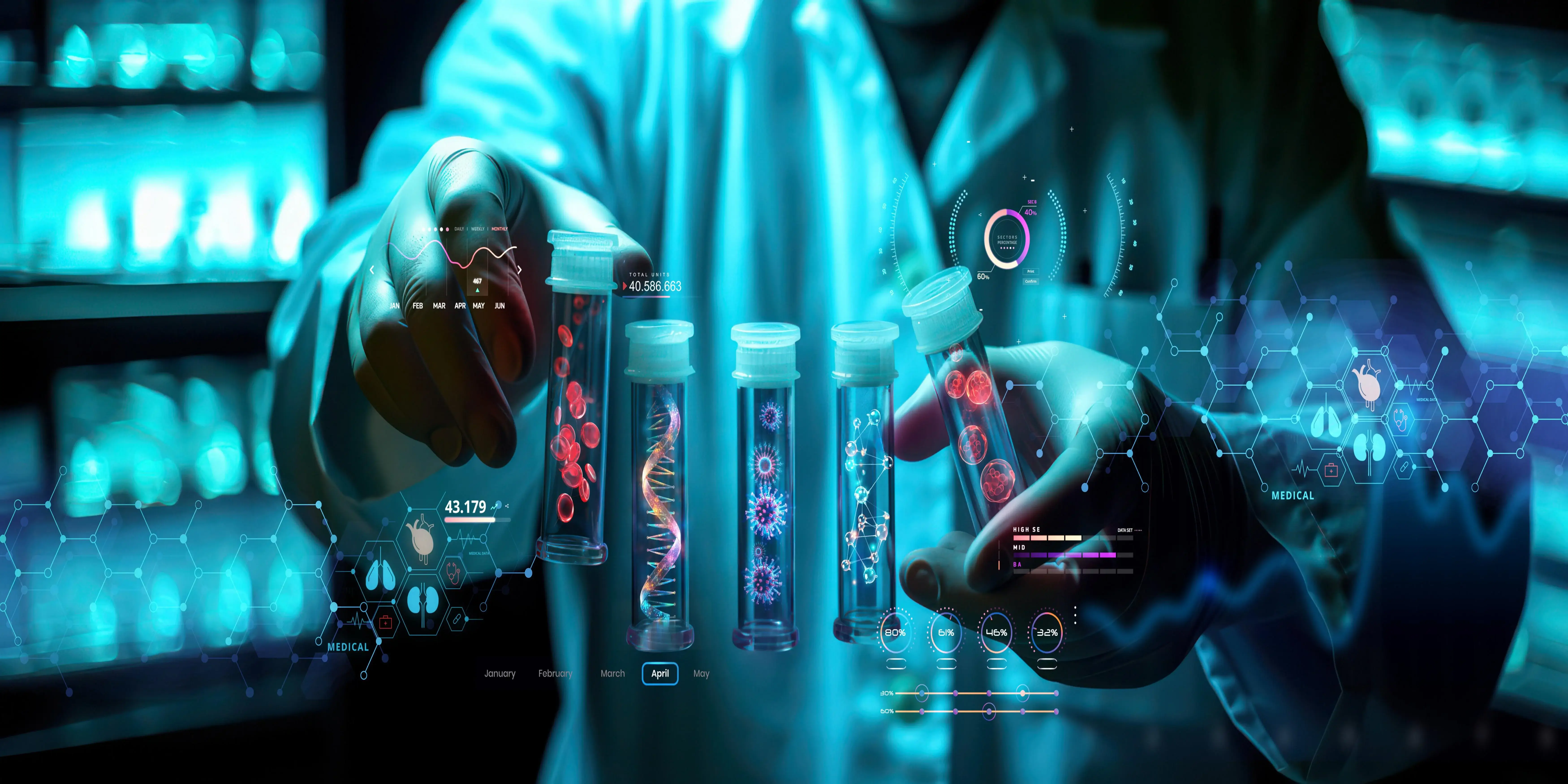The approval process of the drug is important because once such drugs are launched in markets, they reach consumers as safe and effective when launched in markets because the process is stringently tested and analyzed by regulatory bodies. This stage can also be even more focused on public health protection. While it took over many years of life to research and develop, it would only take one approval of a drug to be of the utmost importance in keeping the patient away from danger and giving them treatments that could perhaps save their lives. This paper will serve in describing various steps concerning how drug approval occurs. All of this, however may be true since the whole process that goes from preclinical testing up to post-market surveillance is crucial.
Drug Research: The Foundation for Approval
Drug Discovery
When it comes to the discovery of drugs, chemists and scientists will actually look for a medicinal compound.There are several thousands of such compounds which have to be screened for their potential medicinal compound. In this stage, scientists should know their mode of action, biological effects, and molecular structure. Good cooperation prevails in the development of drugs between pharmaceutical companies, colleges, and the research departments of the government. In this stage, it goes through the preclinical testing phase particularly to ascertain their safety.
Before Clinical Trials
Preclinical studies are the type of research scientists carry out to ascertain whether the drug is safe and whether it works by testing it in a laboratory mainly using animal models and cell cultures. The major objective of preclinical studies would be determining how the drug functions in the body, looking at any adverse impact that might result from it. This would be very vital because scientists would be able to predict the behavior that the drug will have in humans. Details on how the drug will excrete, metabolize, absorb, and distribute shall be known at this stage. If the outcome is promising then, the pharmaceutical company can then file an IND application which initiates the process of taking it through clinical trials.
Phase 1: Dose ranging and safety
Phase 1 is the first phase of clinical drug trials in man. This phase would involve merely a few healthy volunteers between 20 to 100 persons. Phase 1 is characterized by the critical aims of establishing the safe and appropriate dose range and of evaluating the safety profile of a drug. Investigations are always quite keen to observe the subjects to look out for adverse effects as the phase of such trials may be able to predict the safety concerns that may arise. Such phase 1 trials also give hints at the metabolism and excretion of the drug in humans. If the drug proves safe, then such a drug can move on to the phase 2 trials.
Phase 2: Safety and adverse reaction evaluation
The phase 2 clinical trials administer the drug on the patients who actually have the disease that is supposed to be cured. Hundreds are involved in this phase. This design is used to check the efficacy of a drug while under surveillance for the safety. The researchers test if the drug carries the desired therapeutic benefits, simultaneously gaining information on some side effects that the research subjects may have had. These Phase 2 clinical trials are taken in the development of knowledge concerning the advantages and disadvantages of the drug, hence enabling the researcher to have variations concerning the dosage of medication and the best conclusion ever.
Regulatory Review: About the Drug
New Drug Applications (NDAs)
NDA encapsulates all the information that is relevant to the clinical trials impression that one has of whether they have either decided to continue or not advance with the drug thus results and findings.Regulatory agencies put themselves in their shoes to accept or reject the drug's commercialization into the market from the information presented by an NDA. Apart from these, NDA articulates the degree of safety and the degree of efficiency that the drug is going to provide. NDA basically is a product description that enlists the formulation, packaging, and labeling of the drug. In addition, post-marketing commitments on which a firm might be liable fall under it. A firm will be liable to conduct further studies on increased safety.
Regulatory Review Process
This regulatory agency will review the NDA. Details related to the review of the regulatory agency takes place in the following stages:
Pre-Approval: The doctors and the regulatory scientists will analyze the quality of information along with the overall drug risk-benefit profile
Advisory Committee Meetings:In most cases, the responsible authority may, at their discretion invite a panel of independent experts who would make up an advisory committee to discuss the material and advise appropriately
Inspections:The regulatory agency may come to the drug manufacturing plant in order to determine whether the drug is made according to standard quality regulation. The time period for this review process may take months or even more than a year as long as it takes, depending on how complicated, how much data have been presented. If they will see that the drug is safe and effective and if the demand of the production of its manufacturing is satisfied, the regulatory agency would give permission for marketing the medication.
Post Sale Monitoring: See Safety Improve
Reporting Adverse Events
This would include adverse reactions that appear to occur apparently at random and in the course of time the patient is undergoing treatment. Traditionally, this job is that of the drug manufacturers to record each adverse effect once the medication has been released into the turrets. This collated data is studied in such a way that one can judge whether the drug is safe to be administered or otherwise. It reminds the prescribing health care professionals and the patients to report the adverse events through the reporting EudraVigilance system of EMA and to the FDA's MedWatch program. The agency further can strengthen its alert mechanism by reminding again the public about the drug or drugs withdrawn from the market in cases of serious safety issue.
Further Study
A pharmaceutical company can conduct more research studies, but such studies would only become compulsion for a regulatory agency once the drug has cleared. Such study might be of such a nature that upon conducting results may appear in some aspects related to certain sub-populations of patients. It might be related to either safety or extended drug interaction. Such findings are therefore of great importance in presenting the long-run safety and efficacy of the drug.
Conclusion
In theory, this highly orchestrated and tightly regulated process of new drug approval ensures public health. Each phase-from research to preclinical testing, clinical trials, regulatory review, and postmarket surveillance-includes the total expenditure towards ensuring that all new drugs are safe, effective, and of the highest quality. So important a process in terms of the risk attenuation associated with all the drugs would incidentally provide patients with access to what may well prove to be lifesaving drugs-though this would take quite a few years and cost a small fortune. Awareness of the drug approval process further de-mystifies how drugs may reach the market and casts the spotlight on regulation and testing, an extremely critical role in modern health care.



